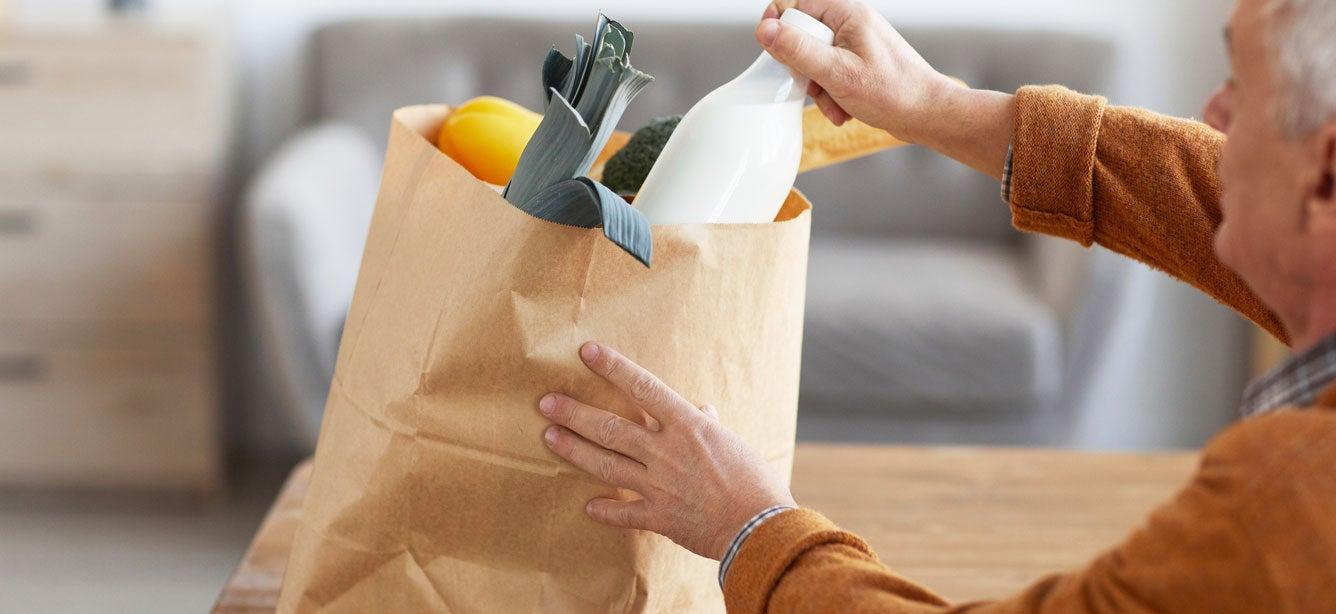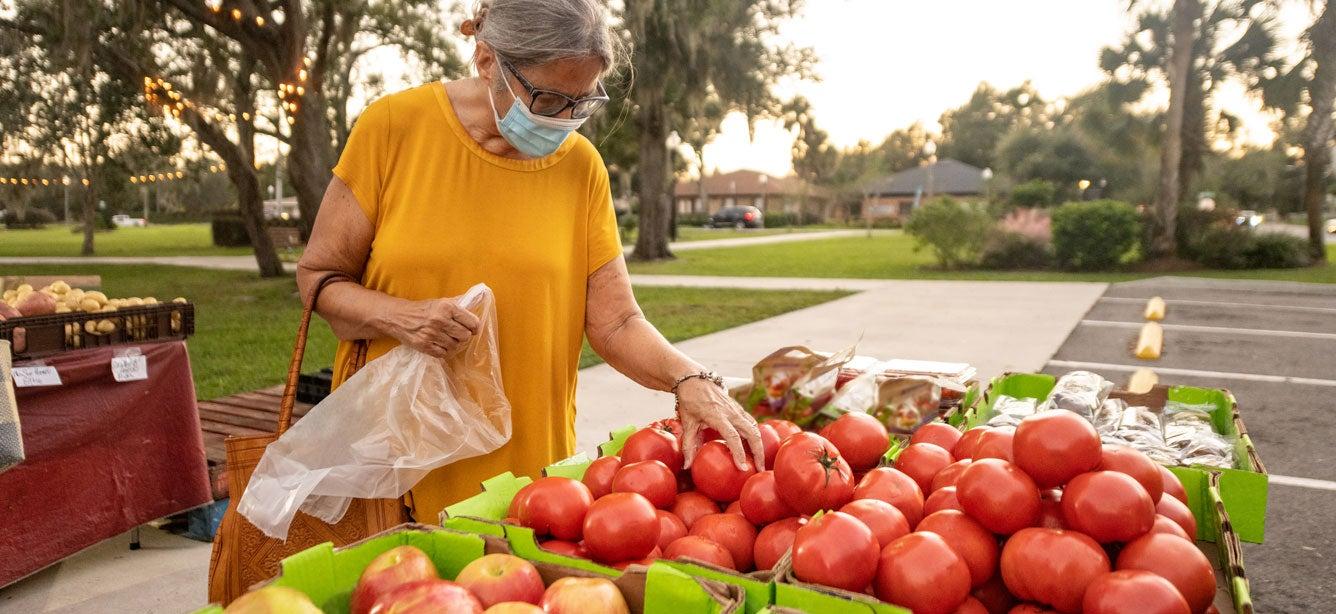
Related Topics
According to Feeding America, there are nearly 5.3 million older Americans at risk for hunger. There are several food assistance benefits programs that can help low-income seniors living on a fixed income and adults who are at risk or living with disabilities pay for nutritious foods. You can see if you, a family member, or client is eligible for any of these programs using NCOA's free online tool, BenefitsCheckUp.
Supplemental Nutrition Assistance Program (SNAP)
SNAP, once called the Food Stamp program, may be known under different names in some states. SNAP provides benefits to qualified households through electronic cards that enable them to buy nutritious food at participating stores. Less than half of all seniors who qualify for SNAP are enrolled in the program, making low-income seniors especially vulnerable to hunger. AWA's Senior SNAP Enrollment Initiative is working to increase enrollment of qualified seniors into the benefit. You can learn more about senior hunger, find SNAP outreach and enrollment tools, or download your state’s SNAP application at NCOA's BenefitsCheckUp. If you or a loved one resides in an area that has been affected by a disaster, you also may be eligible to receive additional or replacement SNAP benefits through D-SNAP, the Disaster Supplemental Nutrition Assistance Program.
Senior Farmers’ Market Nutrition Program (SFMNP)
The Senior Farmers’ Market Nutrition Program (SFMNP) is a federally funded benefits program that awards grants to states, the District of Columbia, U.S. territories, and federally recognized Indian tribes. The grants are used to give low-income seniors coupons that can be used to purchase fresh fruits, vegetables, herbs, and honey from farmers’ markets, roadside stands, and community supported agriculture programs.
Commodity Supplemental Food Program (CSFP)
The Commodity Supplemental Food Program (CSFP) works to improve the health of low-income elderly persons at least 60 years of age by supplementing their diets with nutritious USDA foods. CSFP food packages include a variety of foods, such as milk, juice, cereal, rice, pasta, peanut butter, dry beans, canned meat, poultry, or fish, and canned fruits and vegetables. CSFP is not available in every state.
Emergency Food Assistance Program (TEFAP)
The Emergency Food Assistance Program (TEFAP) is a federal program that provides nutritious food to low-income individuals at no cost. The U.S. Department of Agriculture buys food and then ships it to the states. States distribute the food to local organizations, usually food banks, which distribute the food to soup kitchens and food pantries. Eligibility criteria differ among the states.




